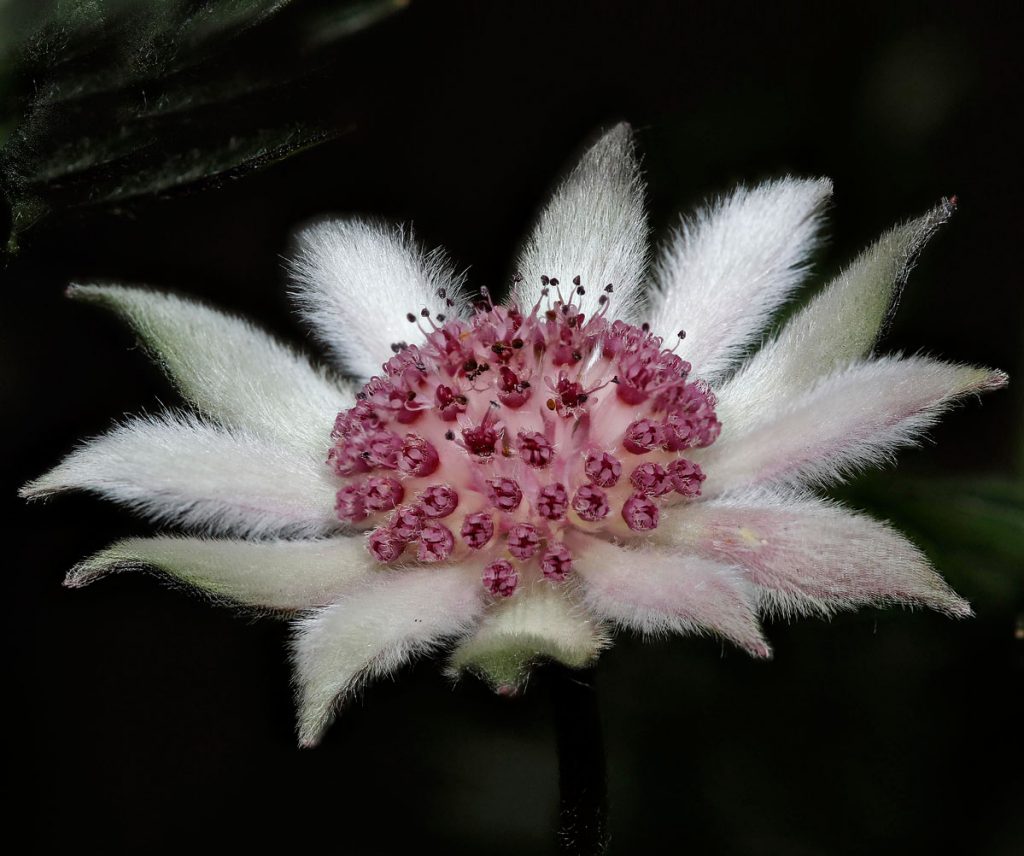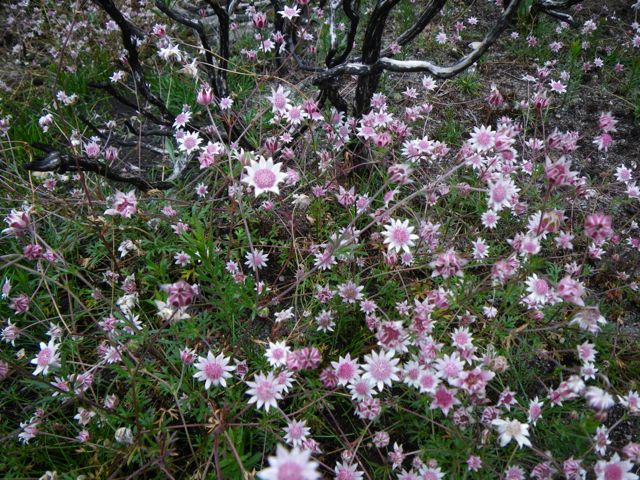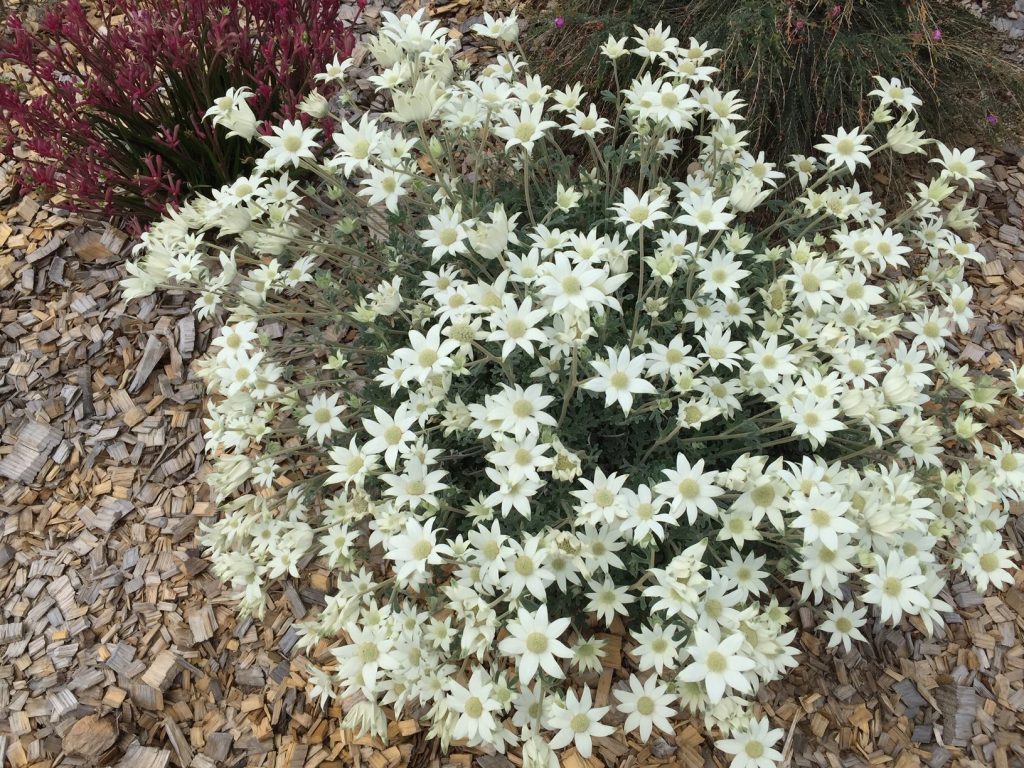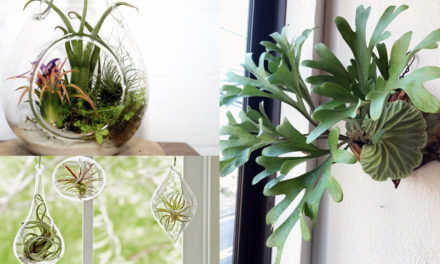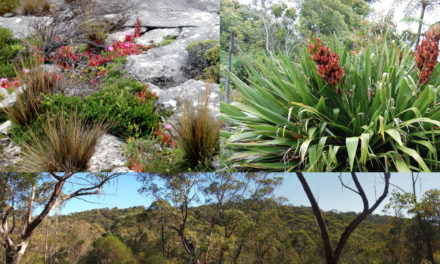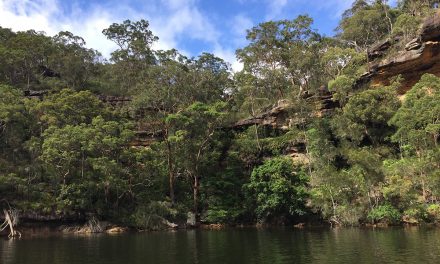A truly iconic native plant in its area of natural distribution between Ulladulla on the South Coast of NSW and Southern Queensland is the Flannel Flower (Actinotus helianthi). Growing primarily on coastal heaths and in woodlands, it can produce a stunning, massed display with its large, star-shaped white flowers from early spring to late summer. Occasional flowers at other times of the year are not unusual. Close examination of the soft, downy petals reveals green tips. And no, it’s not a member of the daisy family as one might expect, but rather of the carrot family. Crush and smell the foliage and you’ll be quickly convinced of that.

Actinotus forsythii. 
Actinotus forsythii. 
Actinotus helianthi.
The size and structure of individual plants depends very much on the prevailing environmental conditions. However, usually 1m x 1m would be the top of its range. It is best grown in full sun through to dappled shade and it demands very good drainage. Even given ideal conditions, individual plants are unlikely to last more than 2 or 3 years in the garden. But hopefully a bit of self-seeding will bring on more plants. As individual flowers wane, the soft, fluffy seed heads appear and that’s the time to either scatter the seed around the garden or collect for prompt sowing. Fresh seed works best. Germination can be spasmodic and it’s fatal to sow the seed too deeply. Just a very, very light covering is all that’s needed. After all, in nature nobody goes around covering seeds that fall to the ground; they simply germinate in situ with little or no covering.
Plants can also be propagated by cutting and a good prune can sometimes rejuvenate a struggling plant. Struggling plants can also be rejuvenated with a good dose of general-purpose fertilizer; they love it! A quick mention should also be made of a far lesser known ‘Flannel’ – the Pink Flannel Flower (Actinotus forsythii). It has a quite limited distribution, mainly up around the Newnes Plateau/Lithgow area of the Blue Mountains and requires very specific conditions to even flower which is often after fire followed by rain. But if you’re lucky enough to see it in the wild, it is truly wonderful.

